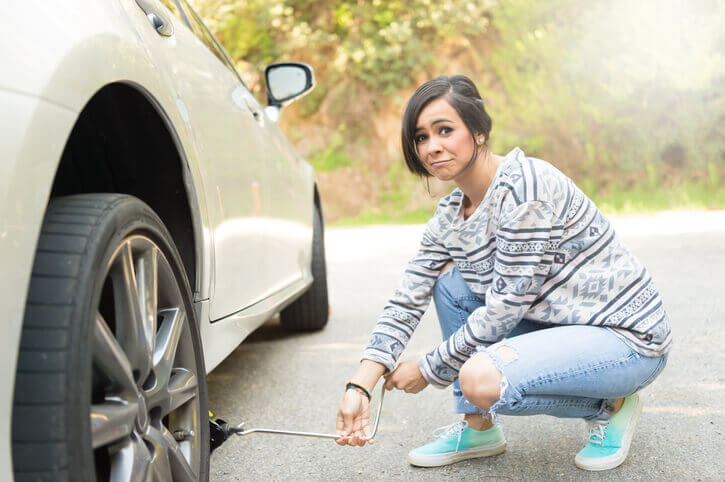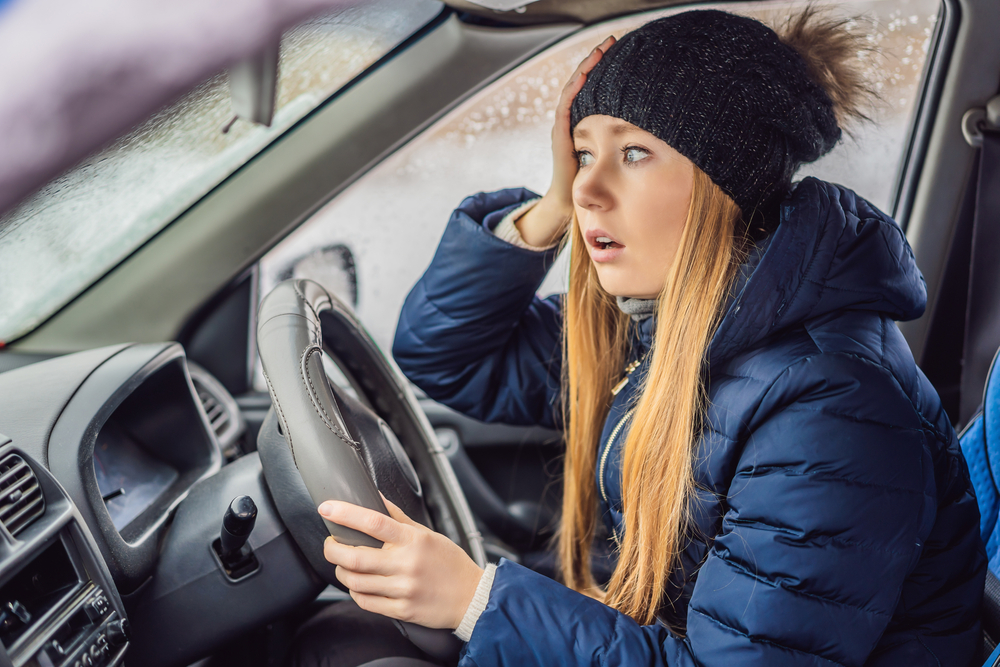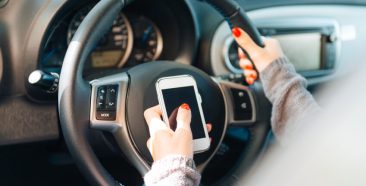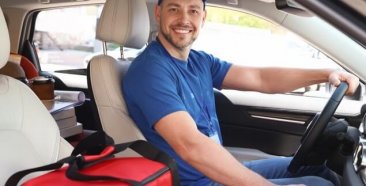
With all the technological advancements that allow modern cars to achieve amazing fuel efficiency and adjust performance to prevent engine wear, there’s a lot that can go wrong and leave you stalled in the middle of traffic, on the side of the road or on a desolate highway.
Sometimes all the preventative maintenance in the world can’t preclude a sensor or module from simply shutting off at a crucial moment. So what do you do when your ride suddenly quits on you? And how can you stay safe until the cavalry arrives?
Reviewing how you would react in such a situation if you ever encounter it can be a good idea to help you prepare. Adding roadside protection to your car insurance package is a start.
What is Roadside Assistance?
This is an inexpensive product that can help you in the case of a roadside emergency. But that’s not the only time it can kick in. If you come out of your house in the morning to find a flat tire and you don’t have a jack (or don’t know how to use one), roadside assistance will send someone out to help.
Nobody ever thinks they will run out of gas, but if you have a teenage driver in your family, you may get in your car only to find that someone has neglected to put any fuel in the tank. You could accidentally leave your keys on the front seat and lock the door in the parking lot while going shopping at the mall. These are all situations when a friendly tow truck, dispatched by your roadside plan, looks mighty good.
What Happens if I Break Down While Driving?
Whether you have engine trouble or a flat tire, breaking down on a highway or a busy road, especially at night, is scary – and frustrating. Navigating to the shoulder or perhaps stalling in the middle of a lane feels like an accident waiting to happen. You’ve got to think about other motorists, as well as your passengers, if you have any. Your safety and the safety of others has to be paramount in your actions. If you can get onto an exit ramp, you should.
Follow these tips and call roadside assistance or your car insurance company for help.
· Put on the Emergency Lights
Start by switching on your car’s emergency lights (hazard lights). You should know where the button is before you drive a vehicle. These lights make your vehicle more visible and help alert any police officers or other public safety officers in the area that you need help. It’s rare that your emergency lights won’t work, but it’s possible they’ll fail to start if you stalled out due to a completely dead battery or a serious electrical fault.
If you can’t get your flashers to work, try switching on your headlights and engaging your brakes to light up the rear lights. If nothing is lighting up, let roadside assistance know so they can warn the tow truck driver or other responder to watch out for your vehicle.
· Set Up Reflective Signals as a Roadside Assistance Safety Tip
Whether you can get your hazard lights working or not, you should set up ground reflectors to catch the headlights of oncoming cars. These reflectors work during both the day and night, offering more visibility when it’s bright outside. Most reflective hazard signal sets consist of small orange and yellow triangles that prop themselves up. Carrying these kinds of reflectors should be as common as carrying liability insurance, but many drivers never think of them until they’re already stalled out.
Depending on where you are, you can also deploy flares. Flares work best at night and can help illuminate the area behind your vehicle. If you are stuck right over the crest of a hill or around a tight corner where the risk is greatest, you can use flares to alert other drivers to slow down. They come in battery-operated models, so you don’t have to worry about handling pyrotechnics. These should be about 15 feet behind your automobile. If you are on a small two-lane road, put one in front, as well.

· Stay Away from the Road
If you’ve been in an accident, don’t take a risk and go into the road to retrieve parts. Never enter a busy road to set up reflectors, or to flag down help. Stay as far away from the roadside as possible while setting up any external warning signs so that drivers who swerve to avoid your vehicle don’t accidentally hit you instead. Don’t try to work under the hood or assess damage to your car from a collision unless you’re far away from the roadside and the threat of traffic. Always exit on the passenger side if you need to leave the vehicle.
Make sure your passengers and others are as far from the road as possible. If it is not possible, make sure they remain in the safety of your vehicle with the doors locked.
· Avoid Pushing Your Car
It’s tempting to try to push your vehicle out of traffic to the side of the road when you’re stuck in a lane or partially out of one. However, it’s too risky and could result in death. Comprehensive insurance can replace your car but it can’t replace you, so wait it out in the safety of your vehicle no matter how many people honk or yell at you to get out of the way.
· Remain Inside the Vehicle
Once you’ve set up any reflectors outside of the vehicle, get in the driver’s seat and fasten your seat belt. You need to stay fastened into your seat in case of a rear or side collision. Using the safety belt gives you the best chance of minimizing injury. Make sure others inside are also buckled up. Resist opening the doors, since a passing motorist could run into them.
Roadside Assistance Safety Tips for Weather-related Emergencies
Emergency situations caused by weather may take on a different look and feel. You may have run off the highway due to ice and be stuck in 2 feet of snow. Other motorists may have collided with each other on the highway, causing a chain reaction. Help can be slow to come in these cases, so be sure you are prepared in winter by keeping blankets, phone chargers, hats, gloves and a little food and water in the truck. Always stay in your vehicle, if possible.
Emergency Kit Items to Keep in Your Car
As mentioned above, when driving in the winter, it’s a good idea to have a blanket, extra hats and gloves, hand-warmers and other items, such as water. When driving in summer, stashing some extra water and bug spray may get you through an uncomfortable time stranded on the highway shoulder. Driving at night calls for other preparations. But there are some items that should always be available for emergencies on the road. Your emergency kit should include:
- Cell phone charger
- Jumper cables
- Battery-operated flares
- Flashlight
- Water
- First aid kit
You can add or subtract to this depending on your circumstances (maybe you need an extra pair of shoes), but these are the basic supplies.
Learn Your Rental Before You Drive It
If you are driving an unfamiliar set of wheels, always familiarize yourself with it before you take off. You should know how to turn on the headlights and emergency flashers. You should understand how the heat/AC and defroster works. Know where the gas tank is and how to open it. When you find yourself in a crazy situation, you may not have time to start looking for what you need.
Find Affordable Auto Insurance Before Hitting the Road
Now that you know some roadside assistance safety tips for handling unplanned car trouble, know that Freeway has insurance that will protect you regardless of what happens. Get a fast and free quote online for insurance and roadside assistance, call us at (800) 777-5620 or stop by one of our convenient locations.



